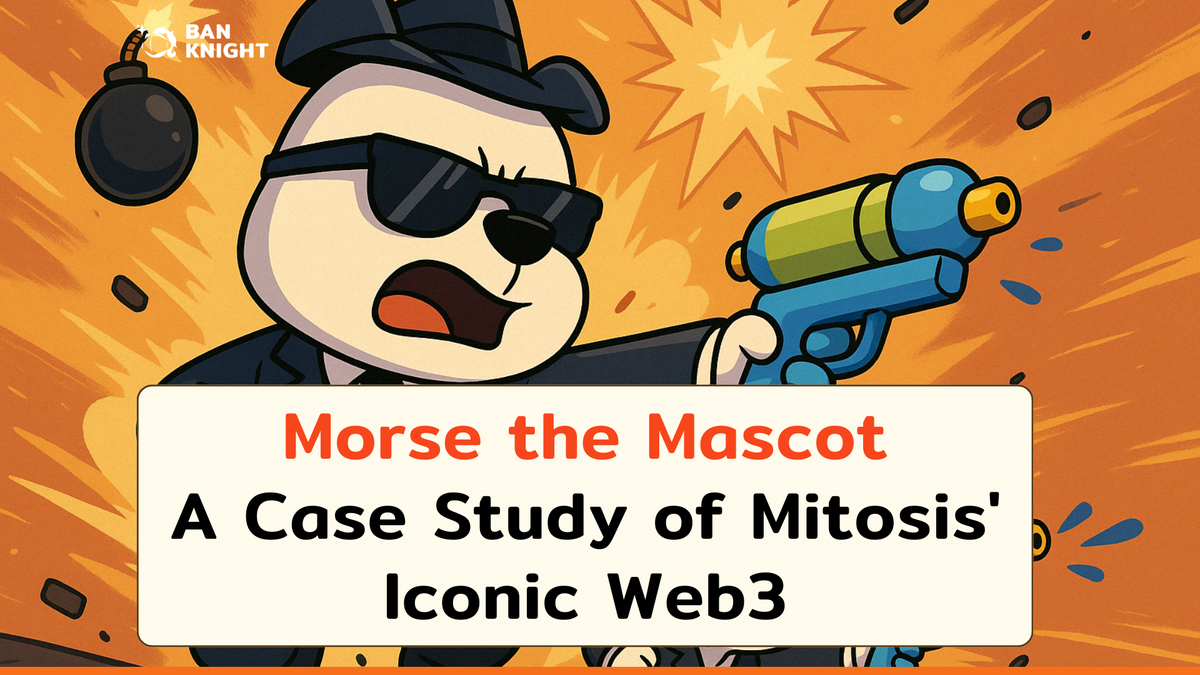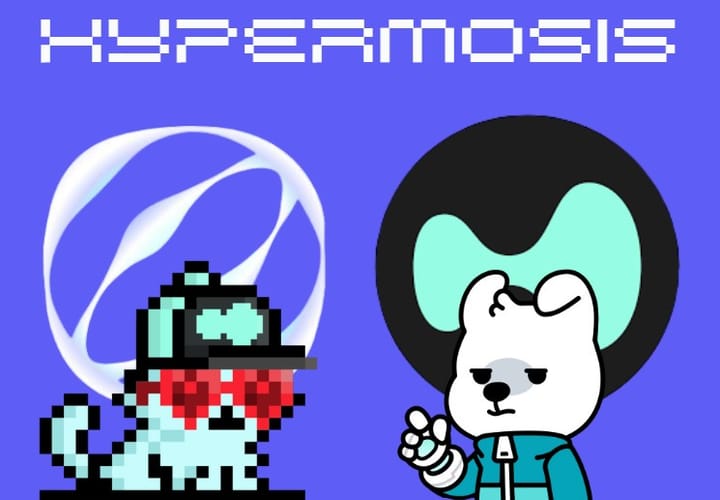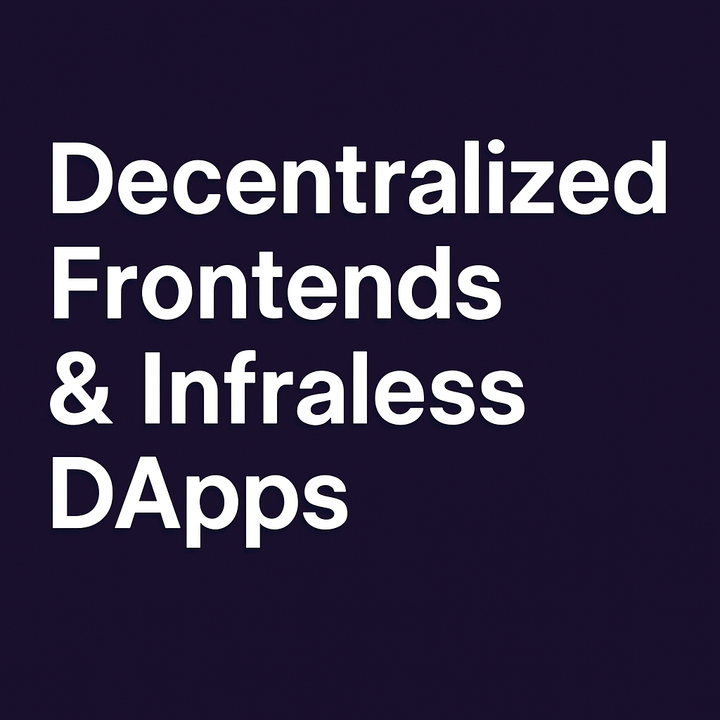Morse the Mascot: A Case Study of Mitosis' Iconic Web3 Dog

You’ve probably seen this cheeky-looking pup floating around social media — whether on a friend’s profile pic, in community posts, or even as an NFT. Morse has become one of the most eye-catching mascots in the Web3 space. But the more you get to know Morse, the more you’ll realize: this dog isn’t just here for fun.
Behind Morse’s adorable appearance lies a complex on-chain mechanism, from point systems to minting, burning, and even mutation features. It’s one of the first projects to perfectly integrate a mascot strategy with a fully functional Web3 protocol.
Let’s dive into why Morse has become such a standout case study at the intersection of Web3, NFTs, and gamification.
1. Fun storytelling backed by real on-chain mechanics
Mitosis didn’t just add a cute dog for branding — Morse represents a gamified DeFi experience. It includes a real point system, minting, burning, and mutation — all tied directly to actual tokens.
➡️ Users feel like “owning an NFT means something,” because it’s connected to real ecosystem activity — not just collectibles for the sake of collecting.
2. Morse is born from DN404 — merging tokens and NFTs
Morse was created using DN404, a new standard that combines the features of ERC-20 tokens (like $ETH) and ERC-721 NFTs (non-fungible tokens) into one.
Examples:
- Holding exactly 1 $MORSE → Automatically mints a Morse NFT (a new pup is born!)
- Falling below 1 $MORSE → The NFT gets burned (the pup disappears)
This mechanism aligns with Mitosis’ philosophy of modularity and composability, where everything can plug in, work together, and adapt.
➡️ In other words: Morse represents a tech-forward idea that seamlessly blends tokens, NFTs, and user behavior.
3. A community experience that makes users feel like "Researchers"
Holders of $MORSE and Morse NFTs are called Researchers.
They participate in a system that includes collecting samples, analyzing them, hatching NFTs, and tracking mutations — much like a Web3 version of Pokémon or an RPG game.
➡️ This creates a sense of ownership and meaningful participation beyond just being a user.
4. Uniqueness and emotional attachment beyond just traits
Mitosis didn’t make every Morse different just for aesthetics — they did it to build emotional bonds and create value in uniqueness. Each Morse has its own personality, style, and rarity.
➡️ This makes people want to collect, trade, and wait eagerly for future mutations.
5. Morse connects to the Core Ecosystem (DNA Program, Mitosis Points, Governance)
Morse isn’t just a standalone character — it’s deeply integrated into the core of the Mitosis ecosystem.
Holding Morse gives you:
- Bonus points in Expedition and the DNA Program (both reward user participation)
- Exclusive Discord access
- Future utilities like governance, farming boosts, etc.
➡️ Morse has real utility, acting as a passport for users to actively participate in the broader ecosystem.
Conclusion
This project proves that a mascot doesn’t have to be just a cute graphic or branding tool. It can become a key driver of narrative, community strategy, and even platform economics.
Morse is a case study in how mascots can embody modular blockchain philosophy, with real-world use cases, point systems, privileges, and long-term user engagement.
Thanks to programmable liquidity that reacts to user behavior, Morse also plays a role in Mitosis’ ecosystem-owned liquidity (EOL) model — building sustainable liquidity infrastructure genuinely powered by the community.


Comments ()